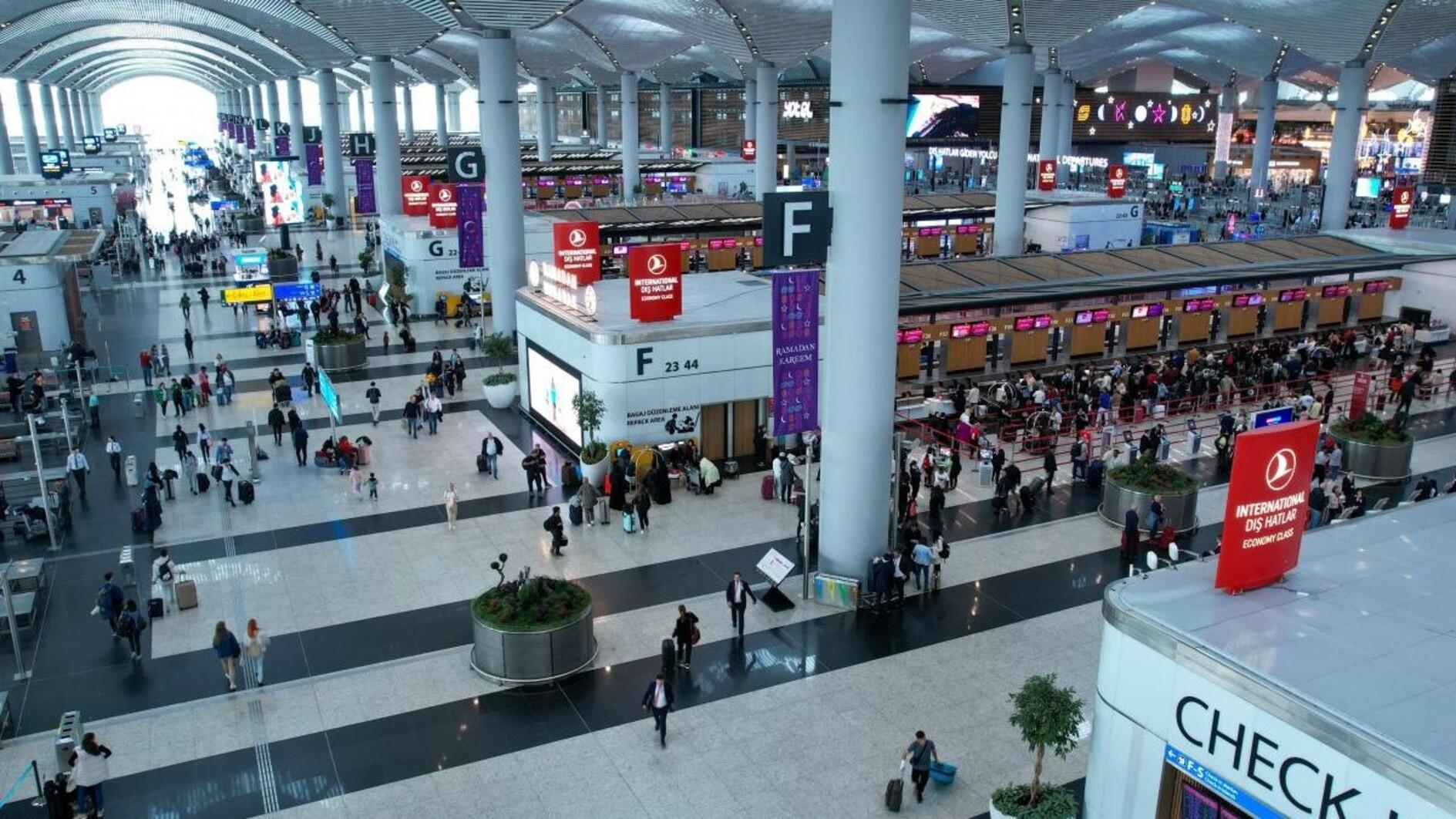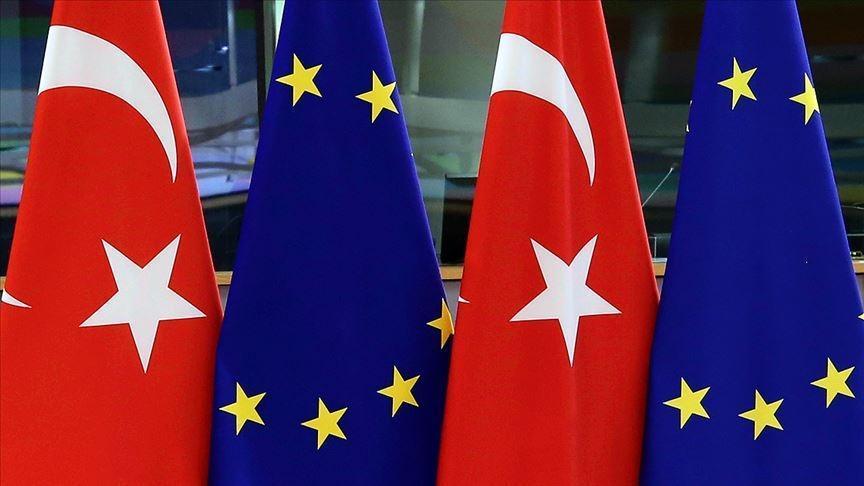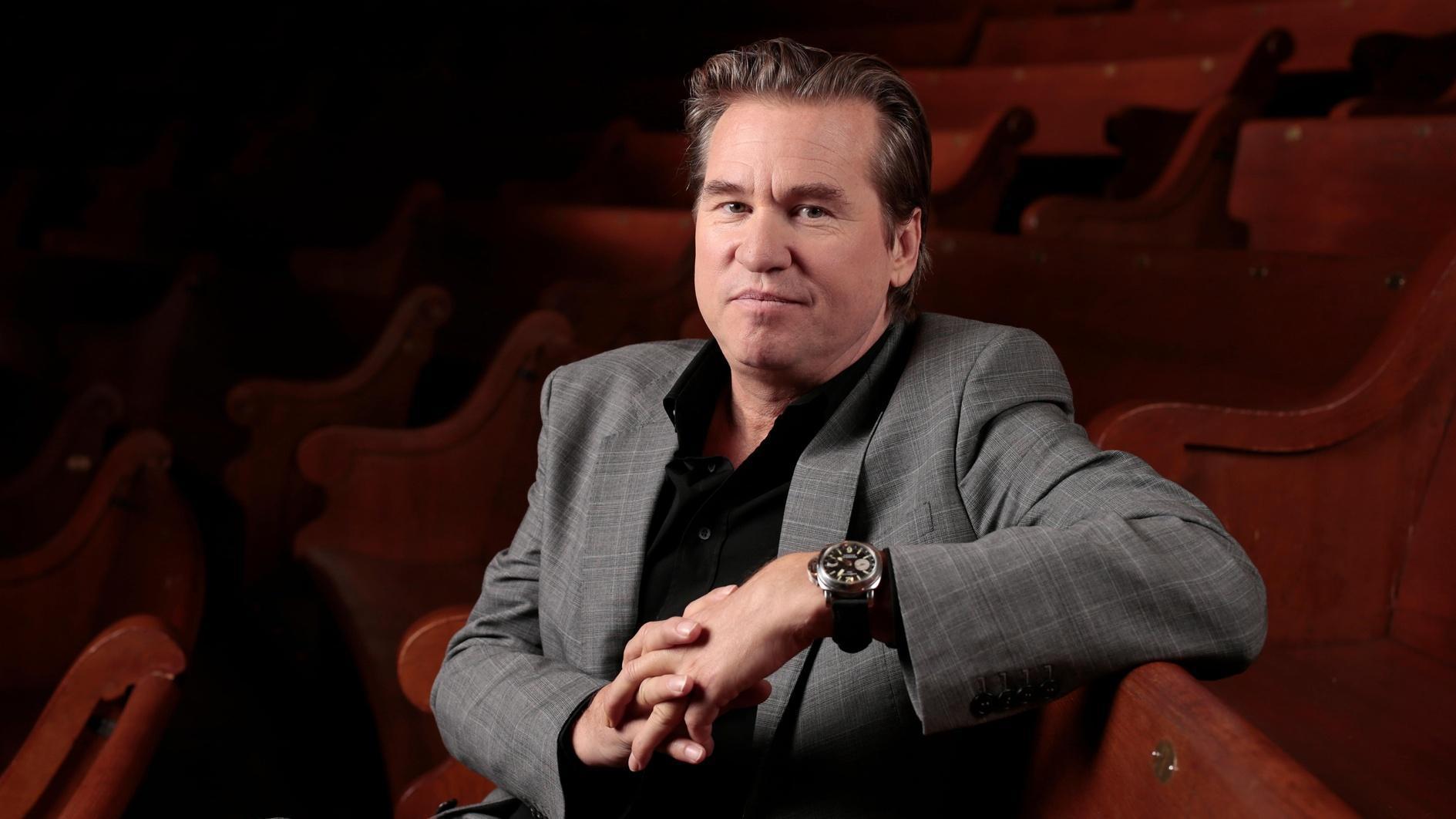Villagers killed in 1994 aerial attack officially alive, lawyer says
DİYARBAKIR / ŞIRNAK

This photo shows the wreckage of homes, which were devastated after an air strike in 1994 in Şırnak. Turkey has been fined for raids by a Euro court.
Twenty-five of the 38 people killed in an airstrike in Şırnak in 1994 are still alive according to official documents, lawyers of the victim relatives claimed yesterday, as the case came to the agenda again after the European Court of Human Rights (ECHR) fined Turkey over 2.3 million euros for the killings.Tahir Elçi, lawyer of the victims’ relatives, said of the 25 people killed in the attack on Kuşkonar Village during a 1994 attack were still alive in the official documents, because they were buried in a mass grave without any autopsy, Doğan News Agency reported today.
“As the aerial attacks continued near Kuşkonar village, the relatives of those killed could not find the chance to take their relatives’ bodies to a safer place or conduct a funeral. They dug a long hole and buried the 25 dead in the mass grave and left the village. None of them returned to the village again,” said Elçi, also the head of the Diyarbakır Bar Association. He claimed no official death records were taken.
“We have applied to authorities many times to open the graves, but received no response,” said Elçi.
On March 26, 1994, a total of 38 people, 25 people in Kuşkonar village and 13 people in Koçağılı village were killed during an aerial attack.
The case came to the spotlight after the ECHR ordered Turkey in a recent judgment to pay 2.3 million euros to the 38 people who lost 33 relatives in bombings from the Turkish military. The court concluded Turkey failed “to protect the right to life,” “conduct proper investigation,” and provide any humanitarian support to the survivors,” and also said the prosecutor has accused the outlawed Kurdistan Workers’ Party (PKK) for the attack without any investigation or proof from the incident.
The Justice Minister Sadullah Ergin said after ECHR’S decision, the case can be opened again, upon a question.
“If the parties desire, a new investigation can be opened after the ECHR finds a violation with the fourth reform package introduced in 2013 [by the Turkish government]. For this reason, an investigation will be opened into the case again after yesterday’s decision [from the ECHR],” said Ergin after a meeting with the Council of Europe Secretary General Thorbjorn Jagland in Strasbourg.
Elçi claimed 43 villagers were killed in the aerial attack, but five victims’ relatives did not apply to the ECHR.
Ahmet Yıldırım, from Kuşkonar village, said he saw two jets flying over the village on the day of the attack and he ran into the house because of the volume of the jets’ engines. “My wife Elmas was running behind me. I heard of a huge explosion when I entered the house. When the noises stopped, I left the house and saw that Elmas was in pieces. Then I learned that my other relatives were killed. We brought the bodies to the village center and buried them in one grave. We moved to Kumçatı village a few days later,” said Yıldırım, recalling the day of the attack, after giving his testimony in the prosecutor’s office.
On Nov. 12, the ECHR concluded “the Turkish government had conducted an aerial attack killing 33 people and injuring three of the applicants, in violation of Article 2 (right to life for the European Convention on Human Rights.)”
The court ordered Turkey to pay a total of 2,305,000 euros in non-pecuniary damage, and 5,700 euros jointly in respect of costs and expenses to the 38 applicants, three of whom were wounded in the attack, the rest relatives.
















